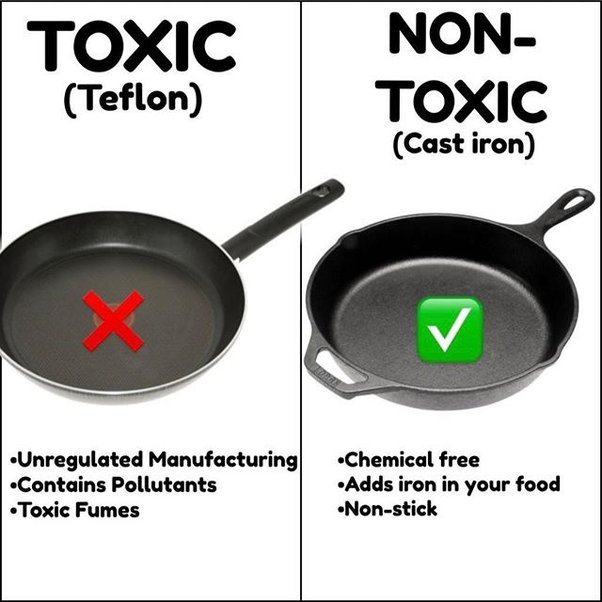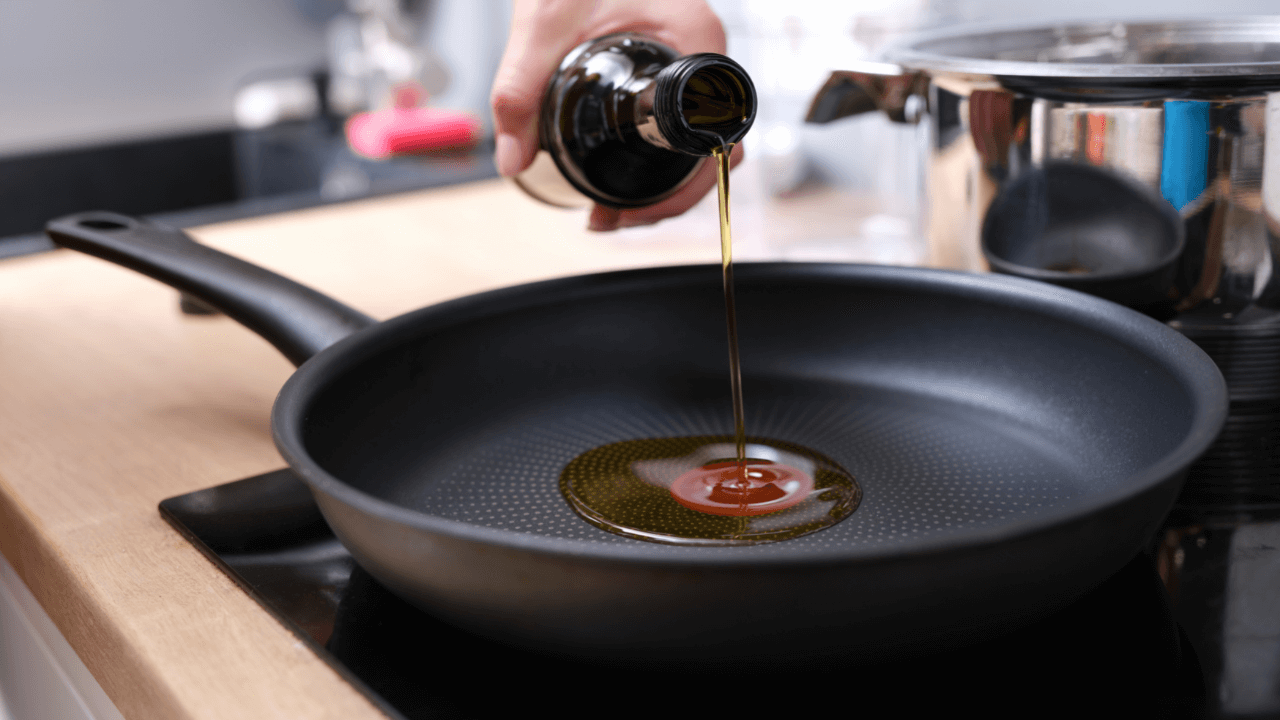Because nonstick surfaces are so frictionless, no matter what was on the menu, one would go for the nonstick Teflon-coated pan first. Yet, concerns with Teflon, the chemical that makes cookware nonstick, have been reported since at least the early 2000s.

Teflon is made from compounds that are part of a large family of chemicals known as perfluoroalkyl and polyfluoroakyl substances, or PFAS, and exposure to them has been related to a variety of health problems, including some malignancies, reproductive disorders, and high cholesterol.

Some forms of PFAS have been identified as more harmful than others since research into their health impacts began. Manufacturers voluntarily phased out two of them, Perfluorooctanoic Acid (PFOA) or Perfluorooctane Sulfonate (PFOS), for a variety of reasons, including the fact that they were deemed harmful to the immune system; now many nonstick teflon pans specify that their coatings are PFOA free. (If you’re confused by all the acronyms, you aren’t the only one.) But other types of PFAS are still used in these coatings, and their risks to humans aren’t clear.
In the absence of relevant data, everyone seems to have a different take on nonstick pans. The FDA, for example, allows PFAS to be used in nonstick cookware, but the EPA says that exposure to them can lead to adverse health effects, and last year proposed labeling certain members of the group as “hazardous substances.” According to the CDC, the health effects of low exposure to these chemicals are “uncertain.”

As long as PFAS remain in the environment, we may never completely understand what nonstick pans are doing to humans. Based on the facts given, the most we can do for now is assess how much danger we’re ready to bear in return for a slick pan.
Reference- EPA website, 3M website, FDA website, The Atlantic, Popular Science






